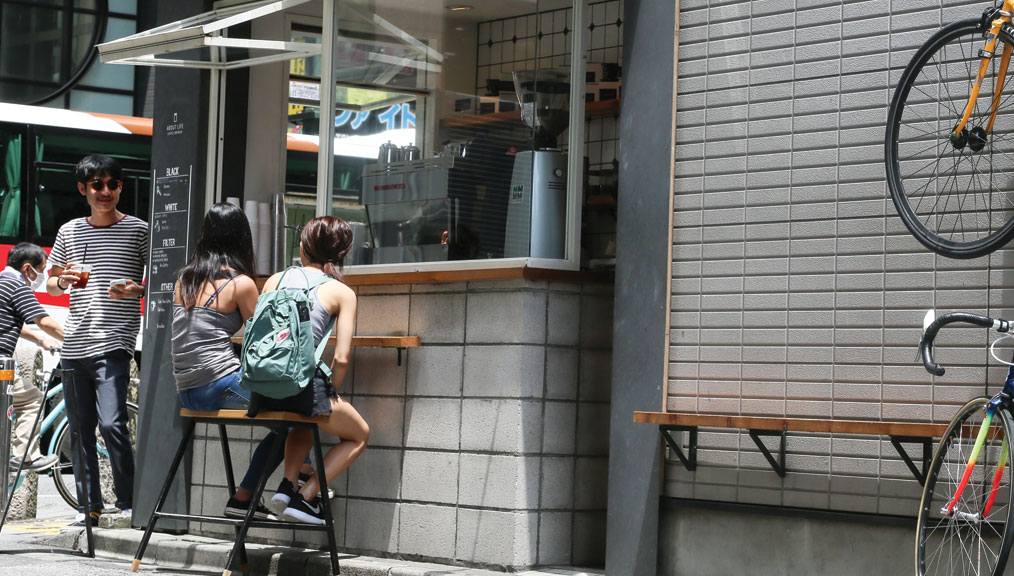[A]n old freight elevator. An unused alley between buildings. A tiny house. An ideal space for a new café might not be the first thing that comes to mind when you think about these locations, but for the owners of pocket-sized coffee shops, non-traditional venues offer a certain charm that you can’t get in a regular-sized retail space.
The design of a small café brings a unique set of challenges. In addition to the usual questions—how the bar will flow, where to put the point-of-service, where customers will pick up drinks—you also have a much more practical set of questions to answer, like do you even have room for a three-group espresso machine? Maybe you can only fit a two-group onto your bar. You may have dreams of an extensive signature drink menu, but where will you put the crushed-ice machine and the bottles of house-made syrups? Do you have room for a dishwasher to wash plates for the food you plan to offer?
Successful execution of a pocket café requires a bit of strategy, patience, and at times acrobatics. There are benefits, though. A small square footage can be a great opportunity to enter the café world with reduced risk. Overhead for a small space is typically lower: it requires fewer employees, energy consumption is lower, and rent is less expensive.
Larger cafés have the luxury of designing layouts without triaging equipment like ice makers, refrigeration, or dish washers. With limited real estate behind bar, decisions on equipment and layout become crucial to workflow. Pocket cafés (small spaces that can still accommodate customers indoors) offer practicality and charm for staff and customers, but require bespoke solutions in order to be successful. Over the course of this series, you’ll meet five cafés in three countries that made the most of their small stature: About Life Coffee Brewers, Grade Coffee, Tokyo Smoke, Story Coffee Company, and Half Pint Café.
First up: About Life Coffee Brewers in Tokyo, Japan.
—Ellie Bradley is Fresh Cup‘s associate editor.
















